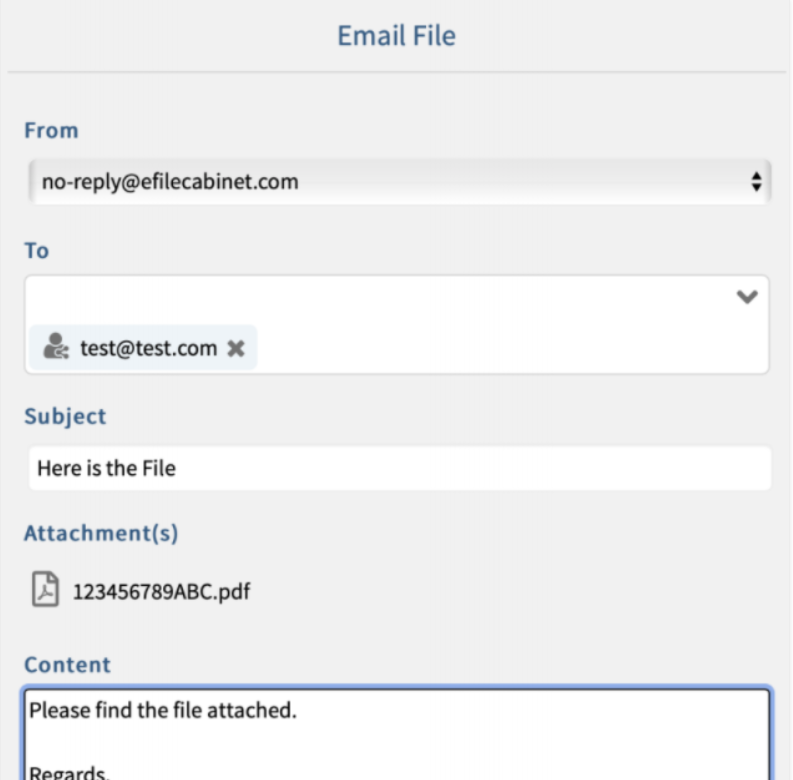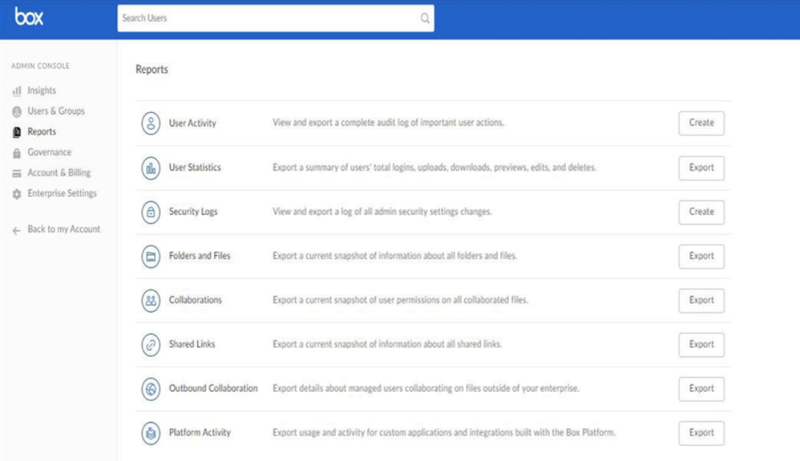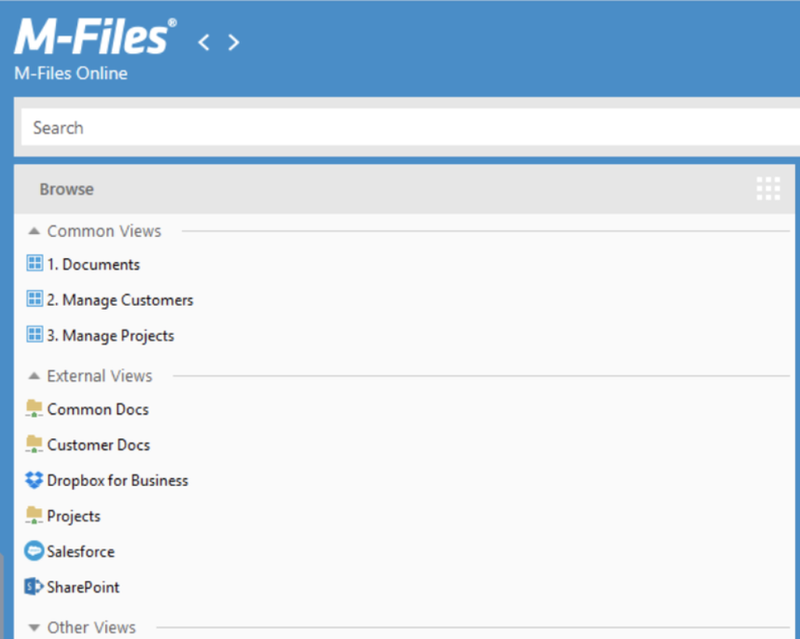Those stacks of paper scattered throughout your office may not seem like they’re costing your business money, but you’d be surprised.
One study found that, on average, 7.5% of paper documents get lost completely, and 3% are misfiled. And it costs about $2,000 annually in terms of work hours just to maintain a single, four-drawer filing cabinet.
The way we deal with documents these days is totally different from how it was 20 years ago. Our electronic signatures and electronic record-keeping systems bear no resemblance to the rows of folders packed away in filing cabinets. There’s no reason to be stuck in the old ways of doing things.
If you don’t have an electronic document and record management system (EDRMS), you’re probably losing a lot of money without realizing it.
This stems from valuable documents being lost into the ether, or your employees spending a significant amount of time dealing with documents when they could be doing other things. This guide will help you understand how to use EDRMS to streamline your business.
Overview: What is an electronic document and record management system?
An EDRMS is a process which organizations use to organize all important information in one central location.
Organizations often use an EDRMS (also referred to as an electronic document management system or EDMS) not only to make it easy to locate documents and records, but also for document control and advanced record management.
The system creates an audit trail showing who has accessed certain information, how and when it has been altered, and any other pertinent information.
EDRMS software solutions integrate all current business document management into one seamless, centralized electronic records system, sometimes hosted in the cloud for convenience and easy access.
4 key features of an EDRMS
An EDRMS is more than just an electronic filing system — it is a fundamental part of running your organization.
1. Document storage
This is the most basic purpose of electronic data systems. At any organization, paperwork tends to pile up over time, making it difficult to find that permit you got a year ago or an employee record.
An EDRMS either receives user input or automatically files paperwork electronically, placing all of that documentation in one convenient place so it isn’t taking up space on your shelves or in miscellaneous folders spread out across various computers within your organization.
2. Sorting and categorizing
A key part of good records management is making sure all of that paperwork is in order and can be found easily and quickly. An EDRMS sorts and categorizes paperwork so it can be found with just a few keystrokes. This feature alone will save an organization hundreds or even thousands of work hours.
3. Security
Some documents are highly sensitive, and having vital organizational information sitting on a shelf or in an unsecured computer folder is a recipe for disaster. An EDRMS keeps everything in one centralized place and prevents unauthorized users from accessing it.
Most EDRMS software allows the administrator to set different permissions for different files, so one person who needs access to one file doesn’t get the keys to the kingdom.
4. Communication
An EDRMS often has communication features, such as alerting a department that a specific relevant document has been uploaded to the system, or automatically sharing a file with individuals tagged on it. Some systems may allow users to directly message each other through the system, or even to mark up business documents.

4 benefits of an EDRMS
Document management may not seem like the most important part of your business, but these four benefits explain why it can have such a huge impact on how your organization runs.
1. Better security
In the digital age, keeping information safe is difficult. You face numerous threats from people around the world who want to steal sensitive information. An EDRMS makes sure that data are safe and secure with features that require permissions to access certain information.
And by tracking changes to documents, an EDRMS can alert managers to any unauthorized changes so that they can revert the document to its previous forms.
An EDRMS also ensures that companies are in compliance with laws and regulations requiring information security, such as HIPAA with medical records and GDPR for protecting data of citizens of the European Union.

2. More organized operations
Businesses must be organized — it’s hard to operate if you’re not. When all of your documentation is organized, you add a veneer of professionalism to your organization.
This helps everyone’s mindset since it’s easier to work when you feel like everything is at your fingertips. As the old saying goes, a cluttered desk is a sign of a cluttered mind. By streamlining your documentation, you take a big step toward streamlining your business as a whole.

3. Increased accessibility
Your employees will be able to access documents much easier thanks to an EDRMS. They won’t have to dig through stacks of papers in a cardboard box tucked away in a closet, or even search multiple computers for a file hidden somewhere in a random folder.
Instead, they’ll have one centralized system they can use to locate a file with just a few keystrokes. This makes it easy for them to do their jobs and allows them to focus on more important tasks.
4. Improved efficiency
When all of your paperwork is organized and accessible, your business is more efficient and therefore more productive. Your employees will spend less time manually entering data and searching for necessary documentation.
Also, you’ll spend less money on document management expenses because everything is digital, and many of the processes are automated.
EDRMS frequently asked questions
How expensive is an EDRMS?
It’s impossible to say how much a system will cost because it depends on the nature of your business, how much documentation you need organized, and what extra features you need. Generally, the amount you spend on an EDRMS will be driven by:
• Which software you choose
• How many work hours you devote to running it
• How much data you want to manage
• What supporting tools you want
• Integrations
• Backup
• EDRMS training for your team
• Customer support
• Whether your system requires a full- or part-time administrator
• Future upgrades
An EDRMS may cost thousands of dollars or more each month if you need an extensive file management system. However, if you’re a small business, you can manage your documents for much less than that.
For example, DocSend offers a plan for business teams for $45/month per user. And Box (For Business) offers a long-term free version with a 10 GB storage cap that could be enough if you’re running a one-person shop. You can bump that up to 100 GB for just $5 per month.
How do I know if I need an EDRMS?
If you are a medium or large organization, you need an EDRMS. An organization of any reasonable size will have oceans of documentation, and many of these records will be sensitive or have legal ramifications, so you must have a secure system for managing them.
Even smaller organizations should have an EDRMS. You can find an inexpensive system, and it will give you peace of mind to know all of your documentation is in one secure place.
The only time an EDRMS might not be necessary is if you are a one- or two-person shop with almost no documents. But that’s a rare situation, and even then you can opt for a free EDRMS option to cover your bases.
Chances are you have some documentation that could stand protection, if only because it has personally identifiable information on it that hackers could steal.
How do I know which EDRMS to get?
Determining what kind of EDRMS will fit your business is trickier, and it requires consultation with your staff on what documentation you have and how it should be organized. Specifically, you should know:
• How much data you have (in gigabytes)
• If you have documents that require special protection (such as HIPAA records)
• How many users will need access to the system
• What your future growth needs might look like
• Whether you can use staff to manage it or if you want a third-party system administrator
With this information in hand, you can examine EDRMS options. The Blueprint has reviewed some of the top document management systems, so read a few reviews and get an idea of some options that look interesting. Then give a couple of them a try and settle on one to implement in your organization.
It’s time to deal with your paperwork once and for all
If you’re reading this, chances are you’re tired of the chaos and clutter of your organization’s documentation “system,” if it can be called that. This is a sign that it’s time to stop putting it off.
Set aside some time in the coming weeks to start dealing with this issue, implementing document management best practices, and identifying software that can organize the mess. You’ll wonder how you ever got along without it.
The post 4 Benefits of an Electronic Document and Record Management System (EDRMS) appeared first on The blueprint and is written by DP Taylor
Original source: The blueprint



